
Journal Cover
Our team of illustrators works alongside our scientists to perfectly translate scientific and technical content into a stunning journal cover!
Journal Cover Designs
You are visiting this page probably because your manuscript has been approved and your work is supposed to be featured on the cover of a scientific journal. Congratulations, It will be incredible to see your work on the cover, and we would be happy to help!
Our artists work alongside our scientists from various fields including chemistry, materials science, physics, biology, nanotechnology, and engineering to create stunning scientific journal covers out of your work.
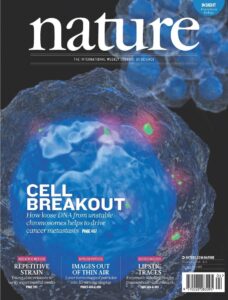

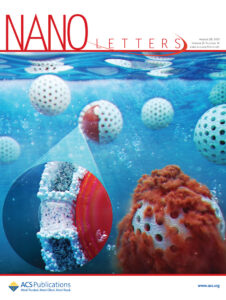
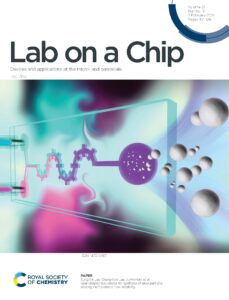
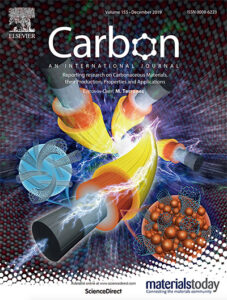
Why Choose Us?
- 24/7 Service
- Creative work of artists and scientists
- Free revisions after completion of orders
- Guaranteed Satisfaction
- Affordable Price
- Contact us by email or web form
- Tell us about your research and a rough idea of what you have in mind
- We confirm your order
- Make a payment
- We get back to you with a beautiful scientific figure that perfectly reflects your work.
- We revise the illustration based on your comments
- We send you the final version of the cover image
Examples of Scientific Journal Covers
Numerous studies in the areas of biology, medicine, nanotechnology, and material science have been highlighted on the covers of scientific publications. Following are some examples of journal cover images in different fields:
Science journal cover examples
PNLL gallery of journal cover images
Advance science journal cover samples
Chemistry—A European Journal gallery of cover images
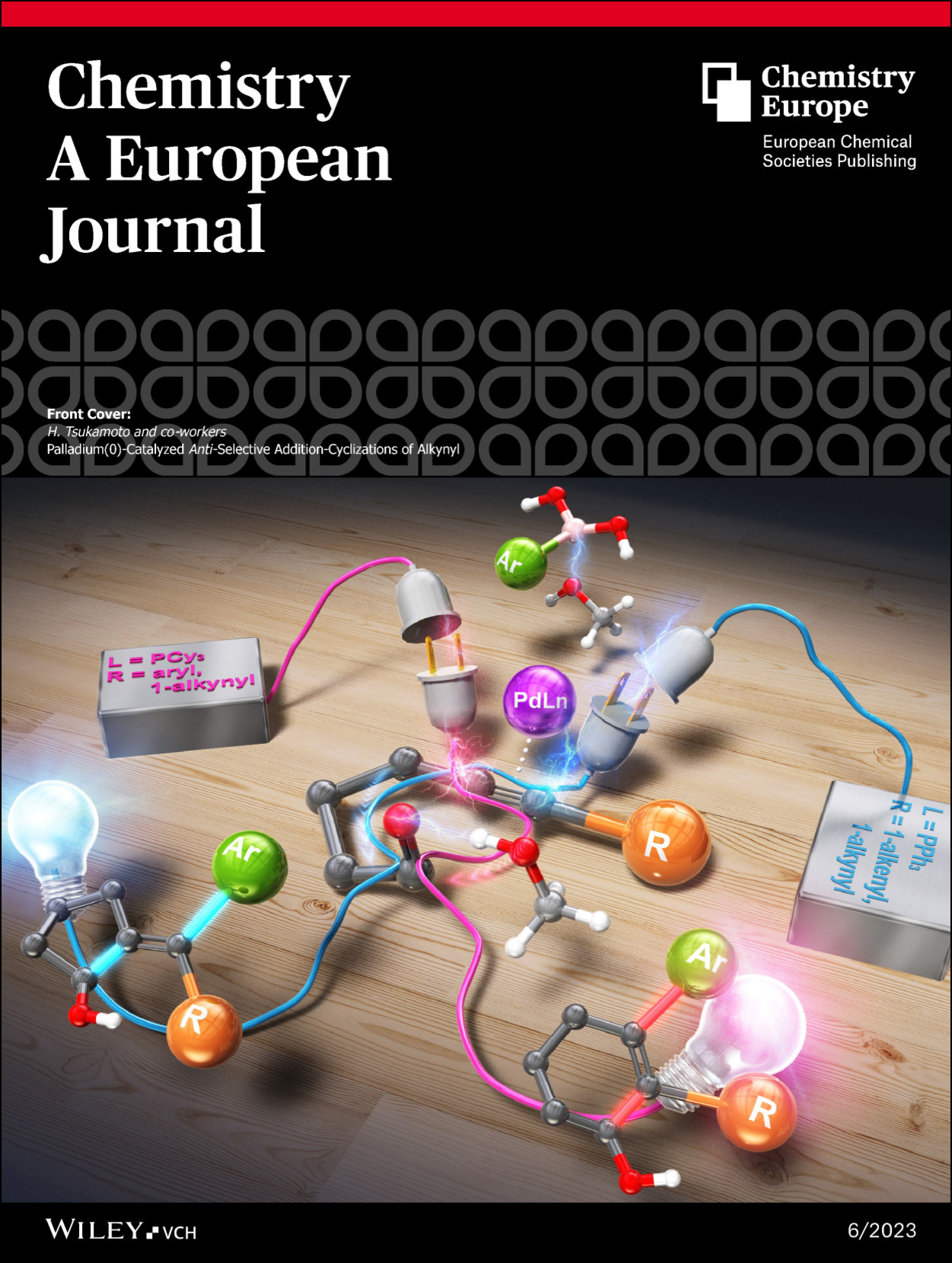
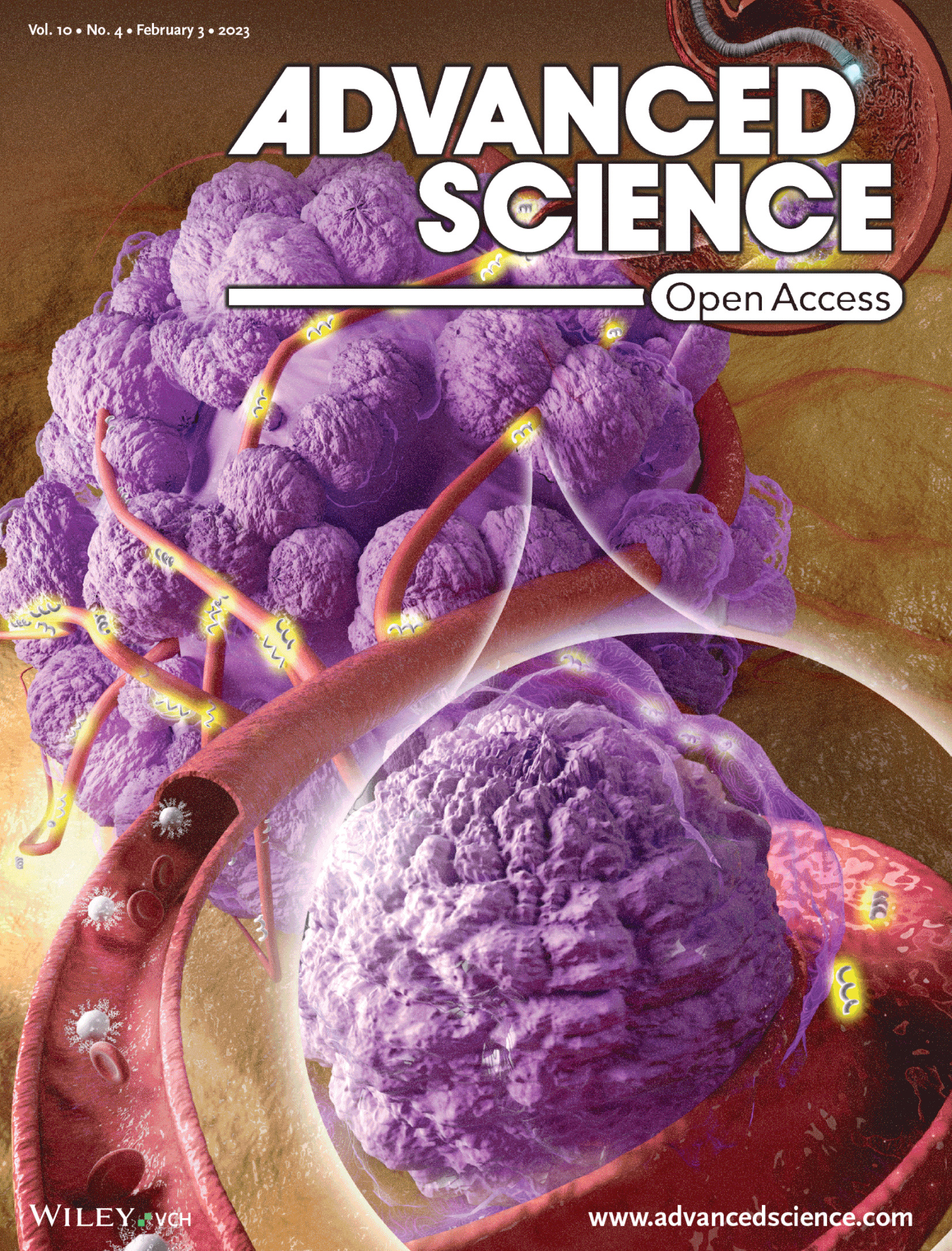
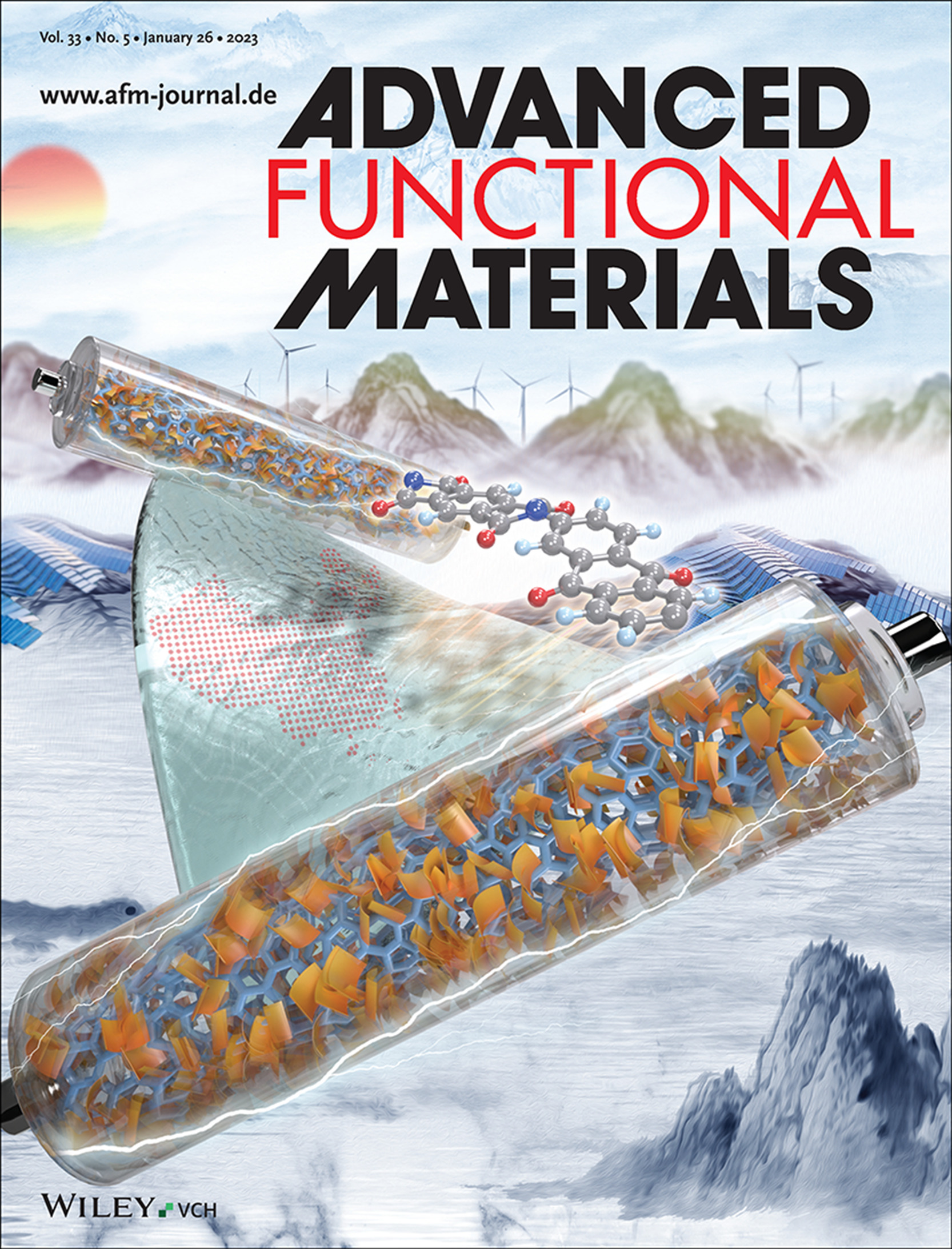
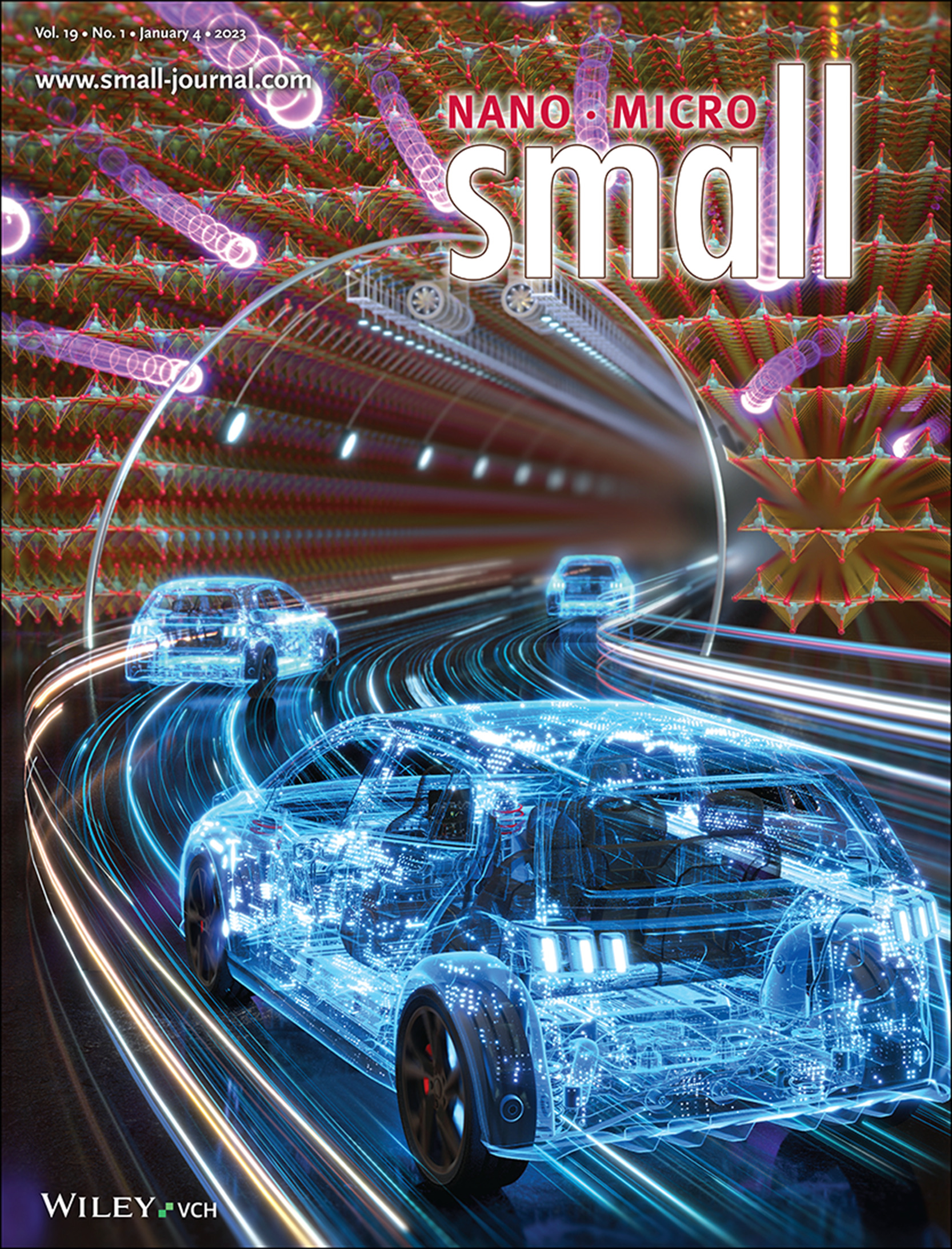
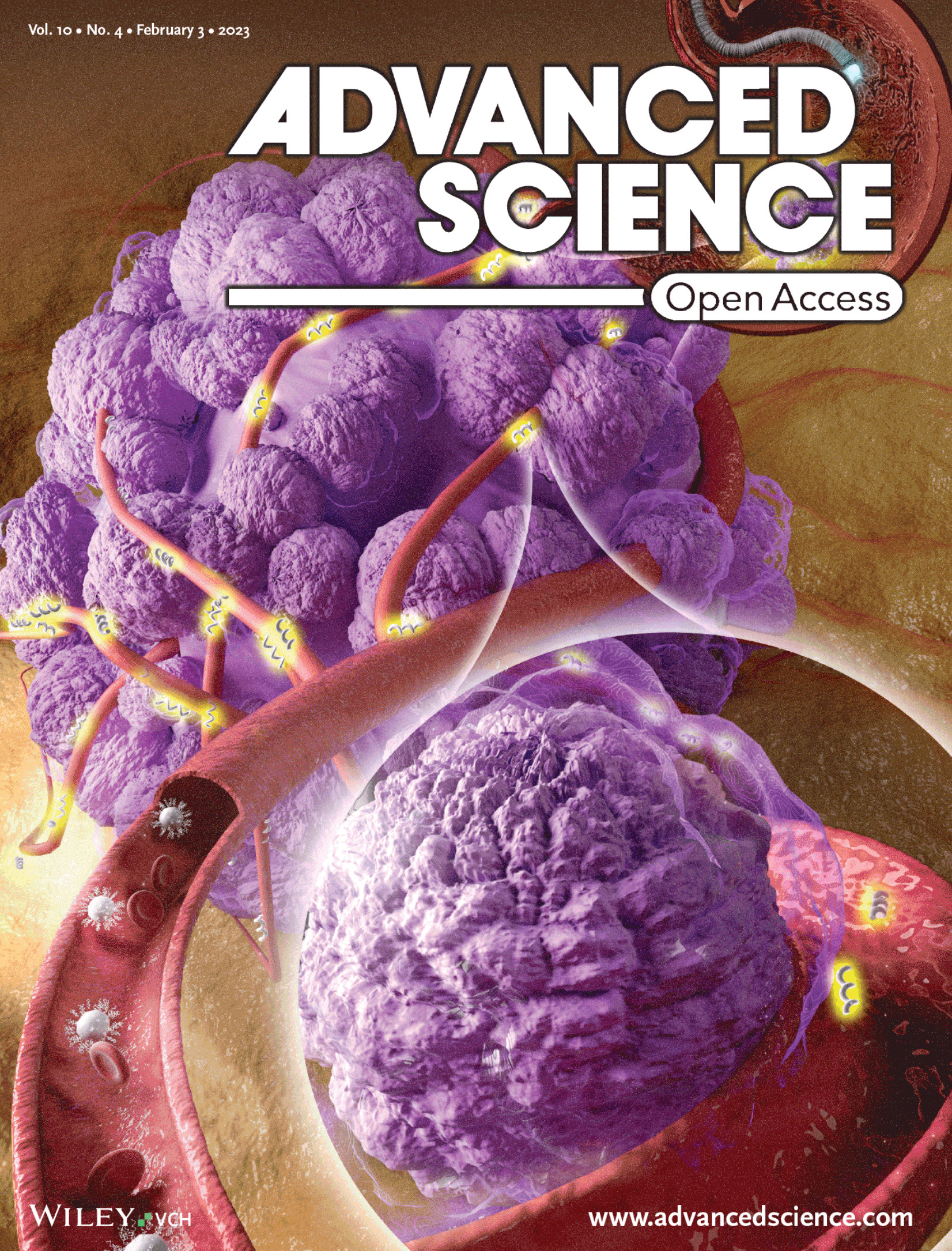
The basic steps in producing a scientific illustration are as follows:
1. The first step in creating a scientific journal cover is to conduct research on the subject. Before you draw something, you must first understand it thoroughly. When illustrating a process or an object, breaking it down into smaller parts can help you think about the best way to present it. Make some rough sketches on paper once you’ve gathered all of the necessary information. This step is analogous to creating an outline for an article. Before you begin working with digital illustration tools, you should have a good idea of your illustration.
2. It’s crucial to keep your target audience at the forefront of your mind when creating rough sketches. Are you providing this example for academic peers or other scientists already familiar with the subject? Or do you design it with the general public in mind? What information you must include and what information you can omit from your illustration will become clear once you have identified your target audience.
3. Last but not least, keep in mind that a scientific illustration is not meant to introduce new materials before using digital tools. To make the information in your article simpler to understand for your audience, use scientific illustrations. The illustration should make the subject of your study clear. You could draw an illustration highlighting the main parts and the function of the stent, for instance, if you were writing about how a stent unblocks heart arteries.
4. Once you’ve roughed out your initial concepts, it’s time to use digital tools. Tools like PowerPoint and Adobe Photoshop or Illustrator are commonplace among researchers. PowerPoint excels at creating slideshows, but it struggles to create realistic illustrations. Although Adobe Photoshop and Illustrator are excellent tools, they can be expensive and difficult to learn. The creation of illustration tools tailored specifically for scientists by some recent innovators is a blessing.
5. After learning the fundamentals and choosing the best tool for the job, it’s time to consider what makes a strong scientific illustration. The quick response is that an effective scientific illustration should communicate information clearly and be visually appealing. Instead of making things more confusing, it ought to improve the viewer’s understanding. You can use color, but there’s no need to use every hue under the sun. By using color sparingly, you can draw attention to the illustration’s key features. Text can be added to scientific illustrations to help viewers understand what they are seeing. A strong illustration can give your research presentation a whole new dimension and leave a lasting impression on your audience.
Cover Images have a significant impact on research article usage metrics. An analysis has been completed by Wiely to compare key article usage metrics of papers featured as Cover Images against the average metric values of published papers in the same issue.
Results showed that articles with a Cover Image get more than 50% higher full-text views and 30% higher Altmetric Attention scores
Graphs and plots of data should be avoided in general because they contain too much information and might be unintelligible without the context of the content. Text, as well as sophisticated manufacturing techniques, should be avoided if feasible.
Journal Cover for nanotechnology
To make it easier to understand research in interdisciplinary fields like nanotechnology quickly, many scientific illustrations are created.
Scientific journal cover for chemistry
Effective science communication is crucial in this fascinating and rapidly evolving environment. Explaining of research findings by scientists and researchers in simple term is necessary. Additionally, the general public needs information so they can comprehend, evaluate, and take part.
Scientific illustrations for Biotechnology
We can get you cover images demonstrating different topics in the fields of organic chemistry, biochemistry, and analytical chemistry.
Scientific cover figure for biomedical engineering
Drug developments that save lives are being facilitated by biomedical advances. Climate change, planetary discoveries, gene editing, and mapping of the human genome are all changing our world and how we fit into it.. Lab-on-a-chip, organ-on-a-chip, tissue engineering, microfluidics, biosensors, thin films, and nanostructured scaffolds are among the research areas with the most interest in illustrations.
Have a Question?





Why Choose Us?
- 24/7 Service
- Creative work of artists and scientists
- Free revisions after completion of orders
- Guaranteed Satisfaction
- Affordable Price
